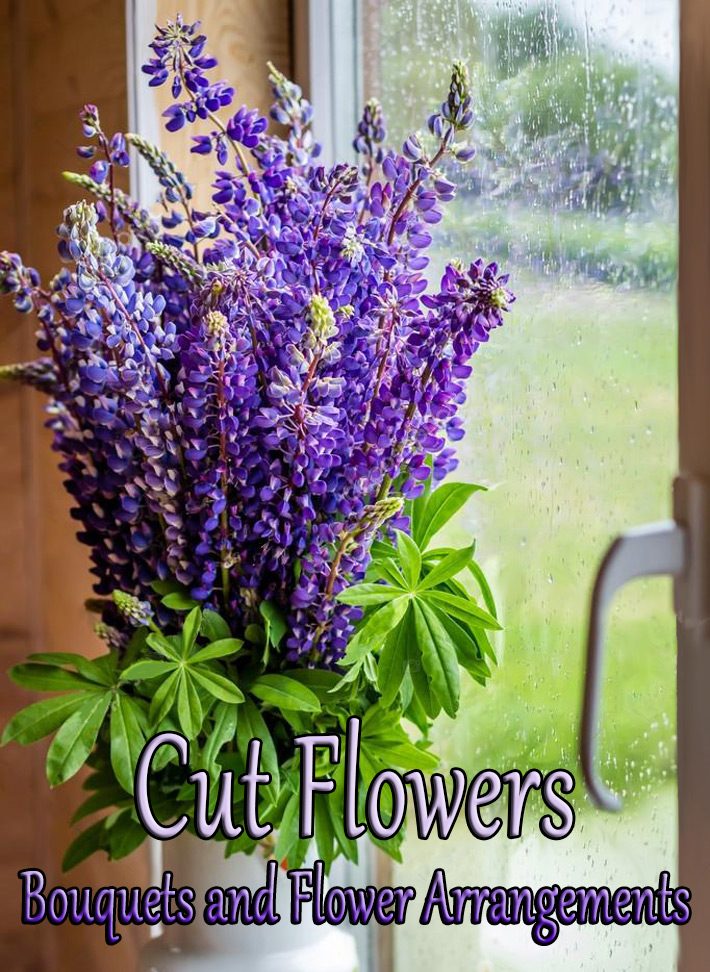
Cut Flowers – Bouquets and Flower Arrangements
Cut flowers are a cheerful addition to a home or office. Many flowers are easy to grow and can last for over a week in a vase. Although most flowers can be cut and put in a vase, not many last for very long. There are specific varieties of flowering plants that make the best cut flowers.
Best Flowers for a Cut Flower Garden
Cut flowers may be annuals or perennials. Annual flowers are replanted each season, while perennial flowers live for several years. Some perennial flowers may go dormant in cool weather while others are evergreen.
Both annual and perennial flowers can be planted from seed or transplants, depending upon availability. It’s a good idea to plant both annuals and perennials for a good mix of flower choices all season long. Sometimes seed packets and plants are labeled to indicate they make a good cut flower. The flowers listed below are annuals and perennials in USDA Zone 7. In colder zones some perennial flowers may act as annuals.
If you are looking for specific flower varieties you may need to order them online from a seed company if you can’t find them at a nursery.
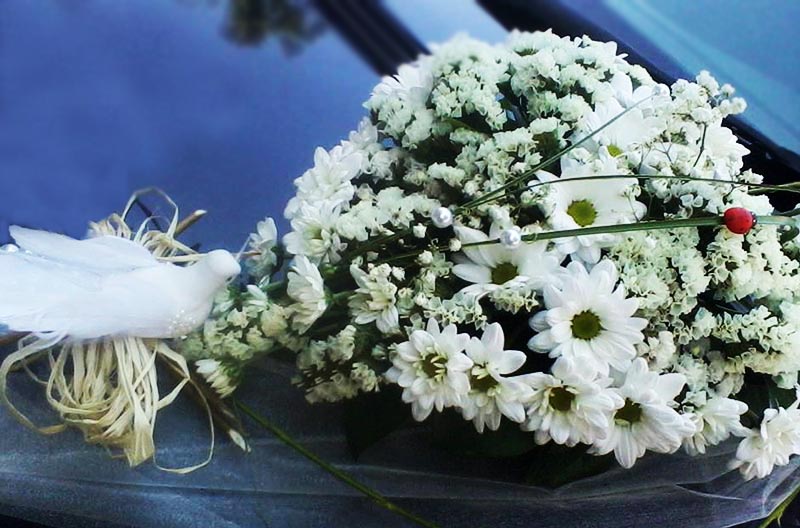
Source Flower Shop Cvjecara Palma
Annual Flower Examples-Plant in Spring
Plant the following flowers from transplants in spring, or from seed 4-6 weeks before the last frost date: globe amaranth, bell’s of Ireland, basil, bachelor’s button, cosmos, delphinium, foxglove, larkspur, lupine, sunflower (pollenless types), zinnia and runner bean.
Annual Flower Examples-Plant in Fall
Plant calendula, flowering kale, snapdragon, chyrsanthemum and stock from transplants in late summer to early fall. You can also plant sweet peas from seed in fall.
Perennial Flower Examples-Plant in Fall or Spring
Perennial plants can be tucked away in various areas of your garden, or be planted together as a cut flower garden. Some prefer full sun, and others partial or full shade. Make sure to pay attention to their water requirements also. Examples include alstroemeria, asters, carnation, chrysanthemum, day lilies, drumstick plants, gerbera, lisianthus, rudbeckia, sea lavender, peony, lavender, yarrow and Shasta daisy. Many roses make great cut flowers, but not all. Make sure the variety you choose lists this as a feature.
Cut Flowers from Bulbs
In fall, plant alliums, anemones, daffodils, Dutch iris, freesia, grape hyacinth and ranunculus for spring cut flowers. In spring, plant amaryllis, calla lilies, dahlia, lilies, and gladiolus.
Don’t Forget the Greens (and Grays)!
Although flowers are the focal point of an arrangement, foliage is important, too. Look through your garden and see if you don’t already have a great supply of greens already growing like eucalyptus, bay, mint, dusty miller, ferns, lemon verbena, basil, pittosporum and even certain types of palm fronds.
Preserve your Bouquet!
There are many myths surrounding what makes the best flower preserver. One is to put aspirin in the water. According to University of California Agriculture and Natural Resources research, aspirin, diet soda and vinegar are not helpful to preserve the life of cut flowers.
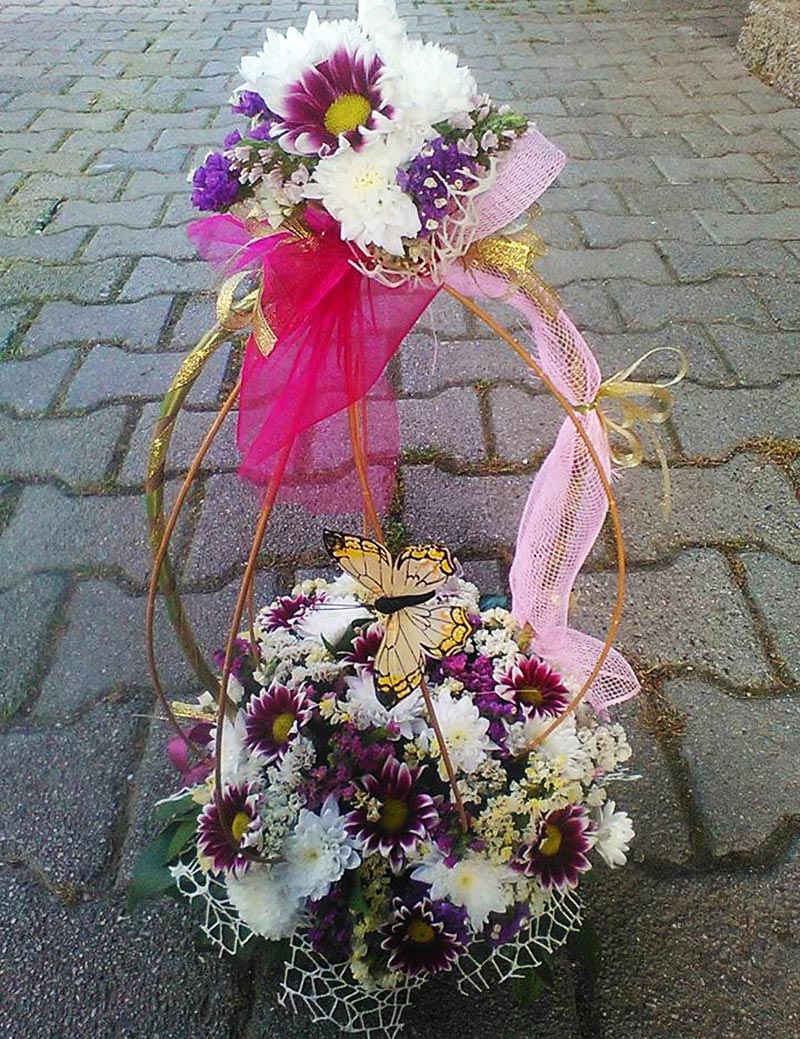
Source Flower Shop Cvjecara Palma
Arranging your Flowers
The best way to create a bouquet is to incorporate your own personal touch. Avoid putting pressure on yourself to make something perfect and just have fun. Use vases of varying shapes and sizes, many which can be found at second hand stores. You can also add ribbon or a fun card holder if you are giving the bouquet as a gift.
There are various styles of arranging flowers professionally, and classes may be available in your area. To create a formal arrangement, purchase florist foam and wire to hold up the bouquet. Certain flowers, like gerbera daisies, may need a little support. Take a piece of wire and make a tiny bend in the top of the wire like a hook. Then insert the opposite side into the center of the flower until the hook catches. Lastly, twist the wire around the stem. Soak the foam and then add it to the bottom of your vase, then arrange the flowers and foliage as desired.
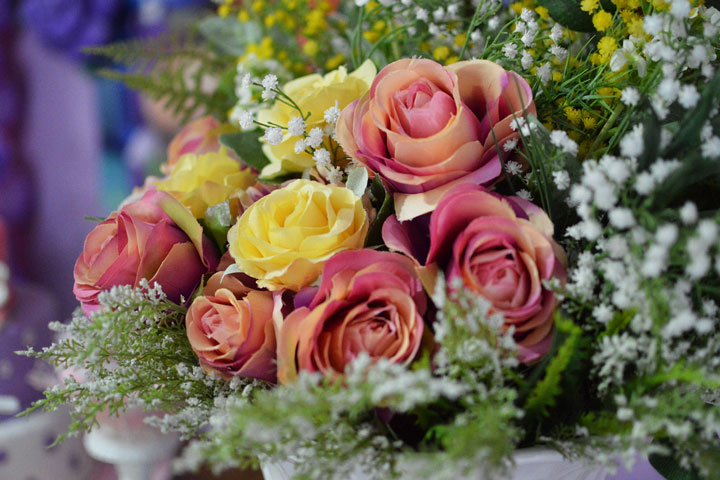
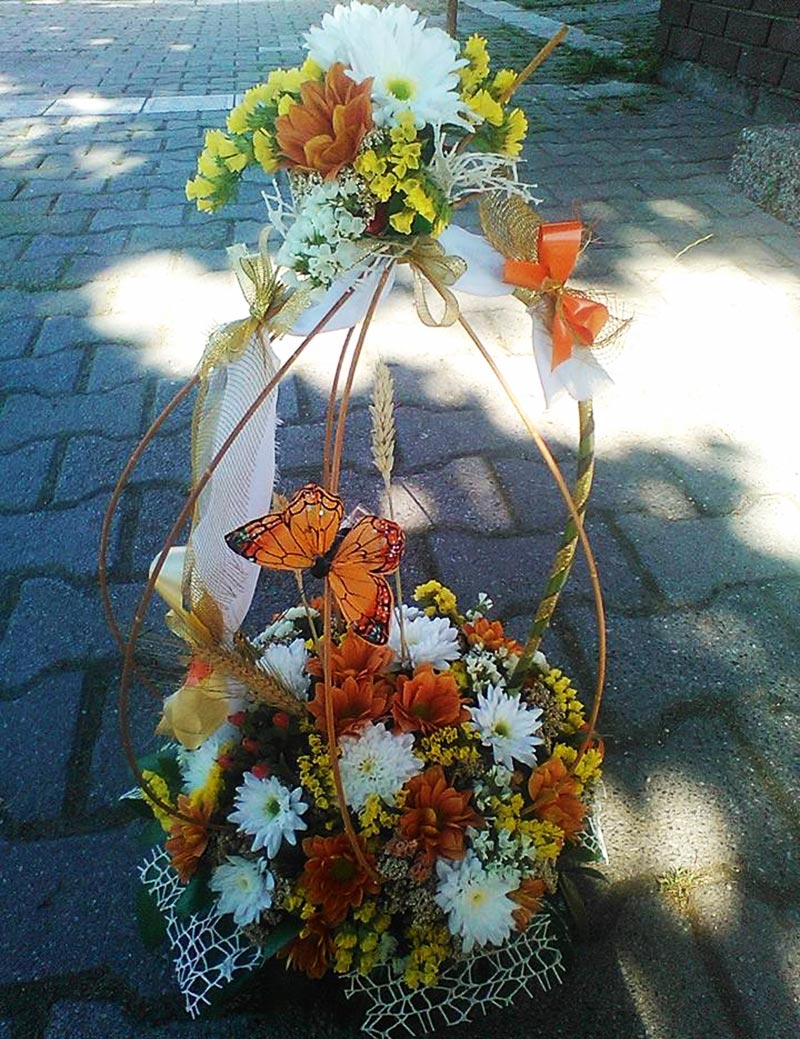
Source Flower Shop Cvjecara Palma

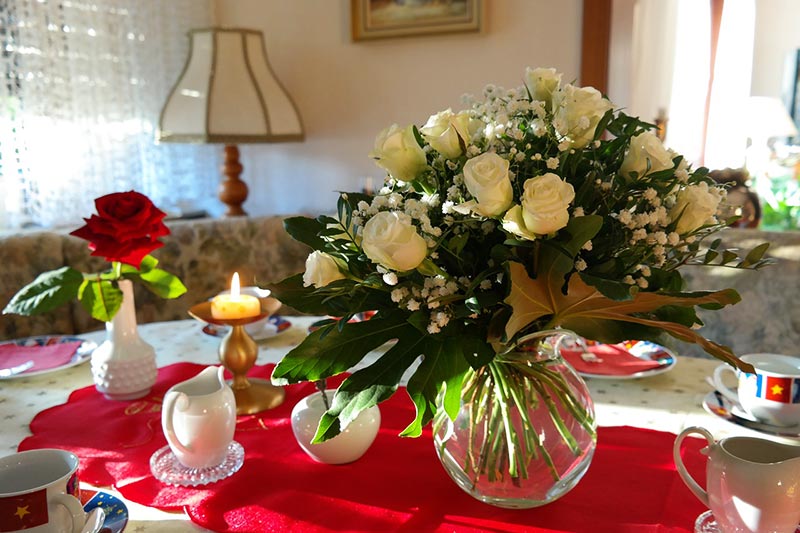
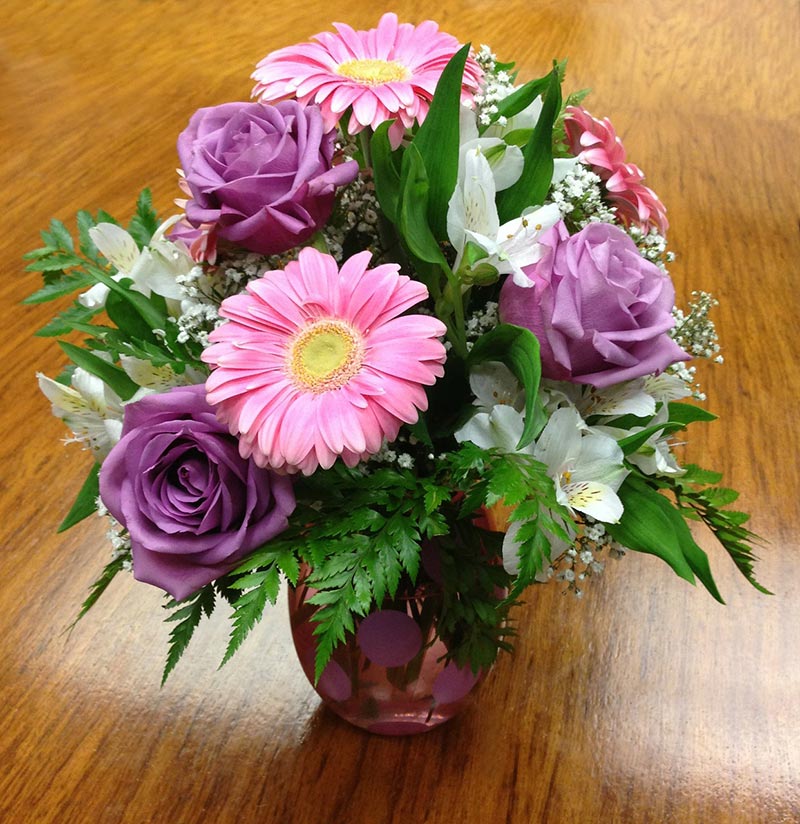
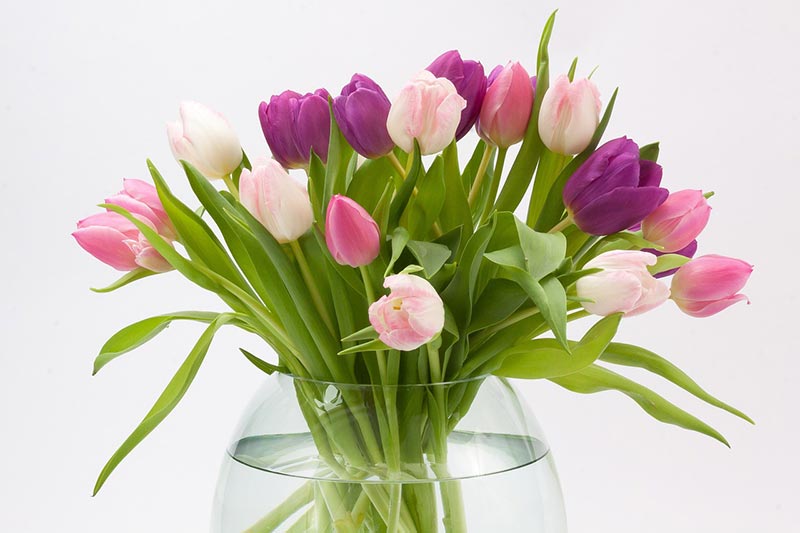



Leave a Reply